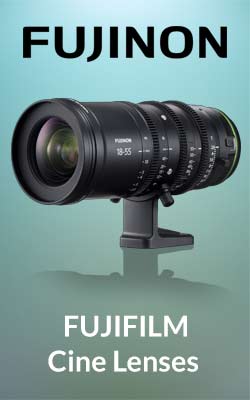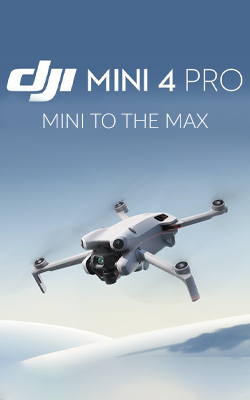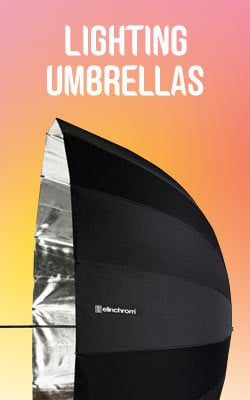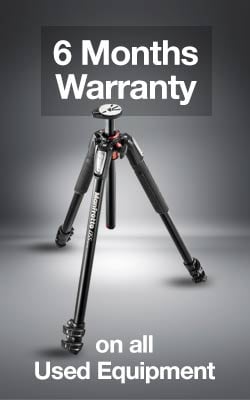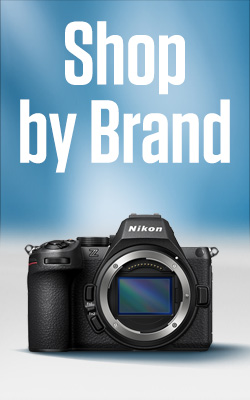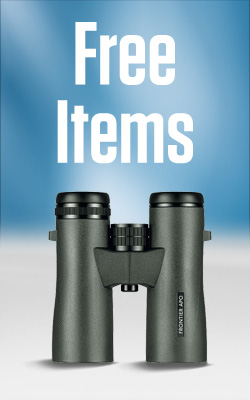Hands-On with the Nikon Z6 II – Trying Mirrorless for the First Time
Like many out there, the jump to mirrorless has been looming on the horizon for a long while now, however, with limited chance of getting hands-on over the last few years, and even less opportunity to get out and about to test, getting a feel for mirrorless has been hard to come by for someone new into the industry.
So, with Nikon willing to lend a Z 6 II and Z 14-24mm f2.8 S for a weekend to test, and with a trip to Manchester coming up, the scene was set to not only really try mirrorless, but also give a first try at street and architectural photography.
Click on any of the images in this blog to view them in full resolution.
A bit about the gear
Nikon Z 6 II
- 24.5 MP Nikon FX-Format Full Frame CMOS Sensor
- Nikon Z Lens Mount
- 273 Phase-Detection AF Points
- Dual EXPEED 6 Image Processors
- 3690k-dot OLED Electronic Viewfinder
- In-Camera Vibration Reduction
Nikon NIKKOR Z 14-24mm f2.8 S
- Ultra-Wide Zoom
- f2.8 Throughout
- ARNEO Coating
- OLED Display
First impressions count
Usually found with long glass in a wildlife and aviation environment, taking a small and lightweight camera body and lens felt completely alien. However, amid the city, the Z6II felt completely at home, not totally inconspicuous, but not so stand out that passers-by would be put off by someone composing a shot in the street.
Once over the initial workup to get comfortable with changing settings and locating dials for adjusting on the fly, the EVF became an absolute dream. For so long, shots have been missed by not quite getting the exposure correct, and only finding out when it was too late. The ability to see the live feed from the lens was invaluable, it felt easy to fall into a creative spell of having purposefully underexposed aspects for effect, to see this in real-time only allowed for a more enjoyable experience.
One concern that has been putting me off making the switch was the lag from the EVF that early mirrorless cameras had suffered from. With the Z6 II, this was minimal if not non-existent. Moving the camera around felt completely natural to the point where you’d struggle to know the difference.
Sharp as a pin
What immediately became obvious was how easy it was to achieve sharp and pinpoint focus. Even dropping shutter speed to well below where would normally be deemed accessible, still produced sharp shots handheld. This, helped with the wide angle of the lens, made the Z6II a delight to use in all conditions. Again, this allowed me to push the creative aspect, as the numbers became irrelevant. It didn’t matter so much what the settings were, there was confidence in the kit to produce results based on the style that I wanted to achieve.
As mirrorless was the new aspect to consider, image quality was the most important factor in this test. Moving from DSLR can mean quite a trade-in of kit, and so if the image quality was no better, it would be hard to justify the jump. Immediately when post-processing, however, did the breadth of capability really shine.
Compared to DSLR images there was a lot more detail to recover in shadows without an increase of noise that would then detriment the image, and a lot more control over the highlights, both helped by not relying on histograms post shot being taken.
The colour reproduction was also impressive. The aim for this trip was to capture some rather solemn and moody, almost fine art style images, from what are quite unique buildings, and the Nikon captured this style of image with ease.
Manchester Cathedral
This is my favourite image from Manchester Cathedral, I love the bold highlights of the Gold against the dark background, but with enough detail to see the chair against the wall behind, as this isn’t immediately obvious, I love the way the images forces you to look deeper and reveal more, the more you look into it.
The full frame, 24.5 Megapixel sensor allowed for an impressively clean crop in. I was surprised how useable the image was having done so, the full image is shown below to show the amount of crop applied.
John Rylands Research Institute and Library
John Rylands Research Institute and Library is a hidden gem off Deansgate itself. Some may recognise aspects from a certain magical-themed series (Dumbledoors office), however, these two images from the main library hall were top of my list.
I really like the colour the camera produced in the above image. From what was a fairly drab day weather-wise, the sun did show and added a warm sense to the scene. The leading lines draw you in further to the image, with the want to discover what’s in the drawers, and what stories the books have to tell.
Shot at f2.8, the focus plane is small, and the lens causes the knobs of the drawers to disappear out of focus. Even though I was shooting at the maximum aperture, I don’t think this image would work if the aperture could go any wider as it would become too involved. The f2.8 of the Z 14-24mm worked perfectly.
The second image was a closed-off room, and this was shot through a closed and locked door, which I think added to the mystery of what was inside. Again, the light coming in created an atmosphere of solemn discovery, almost as though the light was revealing the books that contain the answers to some of life’s most puzzling questions.
Victoria Baths
Manchester’s Victoria Baths was a strange experience, to say the least. I had no idea what to expect here, however, being let loose to wander around an abandoned Victorian swimming facility was a delight.
The history and the overall vibe of the venue created a sense of stepping back in time, as it was mostly untouched from how the simple activity would have been enjoyed all those years ago. I love the way the lines of the pool and the tiles drag you into the image to reveal the illuminated installation on the end wall.
We were there to watch a film in the adjacent pool, sitting on deck chairs in a drained pool, it really was a great experience, and a venue I would highly recommend taking a camera along to.
Summary of performance overall
Overall, the Z 6 II really did impress, there are a lot of new features in mirrorless that weren’t tested on this weekend away, and ones no doubt that would only enhance the experience. But as a first dip of the toe, using this simply as I would have done a DSLR, it certainly left its mark.
The thing that really jumped out was the ease of use, completely eliminating the worry of unusable settings, allowing for the creative element to hit the fore. It felt as though the camera was an extension of the creative process, rather than a technical tool only there to capture what’s in the mind.
The mirrorless bug has been caught and to use this system in an environment more familiar, will only be a far greater experience overall.
Convinced yet?
If you are ready to make the leap to mirrorless and want to try the Nikon Z 6 II we have the following bundles available:
- Nikon Z 6 II Mirrorless Camera Body
- Nikon Z 6 II Mirrorless Camera with NIKKOR Z 24-70mm f4 S Lens
- Nikon Z 6 II Mirrorless Camera Body FTZ II Adapter Bundle
- Nikon Z 6 II Mirrorless Camera with NIKKOR Z 24-70mm f4 S Lens FTZ II Adapter Bundle
Read next
- Nikon Z fc Hands On Review
- Photographing the Royal International Air Tattoo – A Guide to Aviation Photography
- Ultimate Aviation Photography Camera Kit Guide
Thank you!
Thanks for taking the time to read our blog, we really do hope they help you out and answer some of your questions. If you still have some unanswered, then please feel free to get in touch with our team of experts.
We have a LiveChat option on our website and we can, of course, be contacted via our email, we're also on the end of the phone too! Read more on how to contact us here >
Want to write for us?
If you've got experience with producing content on photo, video and/or optics products or techniques then we would love to hear from you. Contact our blog editor, Bea, with a sample of your work at [email protected].
- By Aled Phillips
- 16 Sep 2022













